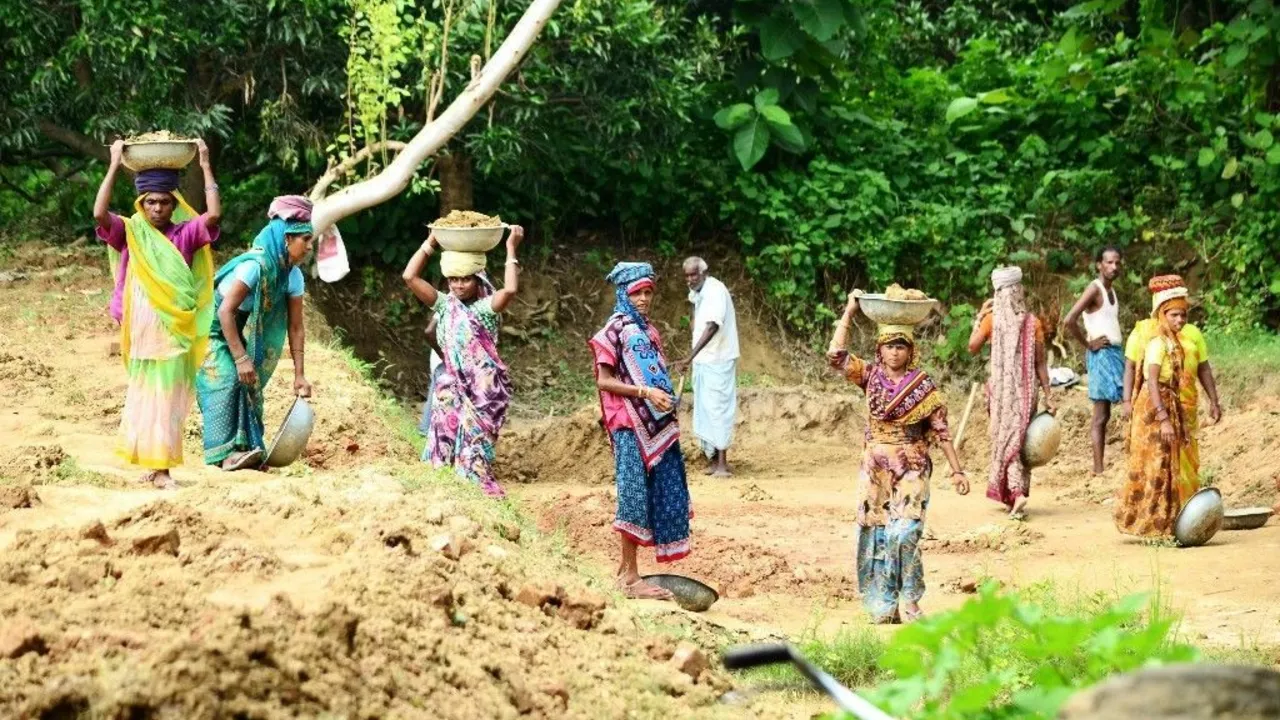Life as an Indian is an enriching experience filled with a blend of diverse cultures, languages, and traditions. Being an Indian, I'm proud of our deep-rooted heritage and rich history that spans thousands of years. Our daily life is a vibrant mix of modernity and tradition, with festivals, food, music, and dance playing a pivotal role. The spirit of unity in diversity is truly embodied in India, despite the myriad of religions and customs. Living in India means being part of a dynamic, fast-growing economy while staying rooted in age-old traditions.
Cultural Experiences: Your Guide to Authentic Indian Moments
India is a patchwork of traditions, colors, and stories that spill out of every street corner. Whether you're wandering through a bustling market, joining a local festival, or sharing a meal with a host family, each moment teaches you something new about the country’s soul. This guide shows you why cultural experiences matter and how to make the most of them without feeling lost.
Why cultural experiences matter
Seeing a monument is cool, but living a tradition brings the history to life. When you dance in a local celebration, you feel the rhythm that has kept communities together for generations. Those moments build empathy, broaden your perspective, and give you stories you can’t find in any guidebook. Plus, locals love sharing what they know, and genuine curiosity often opens doors to off‑beat spots most tourists miss.
Every region has its own vibe. In the north, you might join the kite‑flying frenzy of Uttar Pradesh’s Makar Sankranti. Down south, a temple ceremony in Kerala can show you the intricacies of classical music and dance. The east dazzles with Durga Puja’s elaborate pandals, while the west offers folk dances like Garba in Gujarat. Each event reflects climate, history, and the everyday life of the people who live there.
How to dive into cultural experiences today
Start small. Visit a local market early in the morning and chat with the vendors about what they’re selling. Ask if there’s a festival or event happening that week. Most Indian towns have a community board or a WhatsApp group that lists upcoming gatherings. Signing up for a cooking class is another hands‑on way to learn—spice blends, cooking methods, and the stories behind dishes like biryani or dosa.
Plan around major festivals if you can. Booking a train or bus a few weeks before major holidays like Diwali or Holi ensures you’ll be in the right place at the right time. Keep a flexible itinerary; many celebrations are spontaneous and move around neighborhoods. Carry a reusable water bottle, wear comfortable shoes, and bring a light scarf for sudden rain or modest dress codes at religious sites.
Respect is key. When you’re invited to a home or a temple, follow the host’s cues—remove shoes, cover shoulders, or sit on the floor if asked. A simple “Thank you” in the local language (like “Dhanyavaad” or “Nanni”) goes a long way. If you’re unsure about a custom, ask politely; most people are happy to explain.
Use technology wisely. Apps that translate basic phrases or show festival calendars can be lifesavers, but don’t rely on them for everything. A smile and a genuine interest often bridge gaps faster than any app. Keep your phone on silent during ceremonies and focus on the sounds, smells, and emotions around you.
Finally, share what you learn. Write a short note about the experience, post a photo with a respectful caption, or simply tell a friend what you discovered. Your enthusiasm might inspire others to seek out their own cultural moments, keeping the tradition of curiosity alive.
India’s cultural experiences are endless, and each one adds a new layer to your understanding of this vibrant country. Dive in, stay curious, and let the everyday magic shape your travel story.
